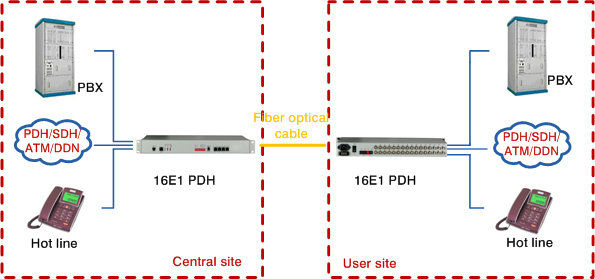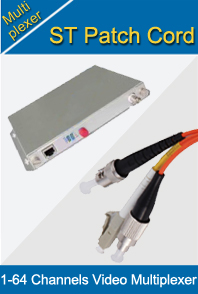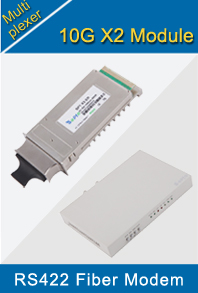-

- Sopto Home
-

- Special Topic
-

- Multiplexer Knowledge
-

- DWDM Technical Overview
Multiplexer Knowledge
- Why is Multiplexing Needed in Data Communication Systems?
- What is Concept of Multiplexing in Telephone System?
- What is Digital TV Frequency?
- Outlook of the WDM Networks
- DWDM Technical Overview
- CWDM Technical Overview
- How to Activate Cable Modems?
- How to Install a Fiber Optic Modem?
- How do I Choose a Best Fiber Modem?
SOPTO Special Topic
Certificate



Guarantee
Except products belongs to Bargain Shop section, all products are warranted by SOPTO only to purchasers for resale or for use in business or original equipment manufacturer, against defects in workmanship or materials under normal use (consumables, normal tear and wear excluded) for one year after date of purchase from SOPTO, unless otherwise stated...
Return Policies
Defective products will be accepted for exchange, at our discretion, within 14 days from receipt. Buyer might be requested to return the defective products to SOPTO for verification or authorized service location, as SOPTO designated, shipping costs prepaid. .....
Applications
Multiplexers can be used to connect PBX, Hot line and other devices of network from central site to user site through fiber optical cable.
SOPTO Products
- Fiber Optic Transceiver Module
- High Speed Cable
- Fiber Optical Cable
- Fiber Optical Patch Cords
- Splitter CWDM DWDM
- PON Solution
- FTTH Box ODF Closure
- PCI-E Network Card
- Network Cables
- Fiber Optical Adapter
- Fiber Optical Attenuator
- Fiber Media Converter
- PDH Multiplexers
- Protocol Converter
- Digital Video Multiplexer
- Fiber Optical Tools
- Compatible
Related Products
Performance Feature
High integration desig
Low power consumption
Good EMC, EMI
Stable and Reliable
Multiplexer Knowledge
Recommended


DWDM Technical Overview
DWDM is core technology in an optical transport network. The concepts of DWDM are similar to those for CWDM. However, DWDM spaces the wavelengths more tightly, yielding up to 160 channels.
The tighter channel spacing in DWDM requires modern-day, precise, and for that reason more expensive transceiver designs. Inside a service provider's backbone network, nearly all embedded fiber is standard SMF (G.652) with high dispersion in the 1550-nm window. DWDM supports 32 or even more channels within the narrow band around 1550 nm at 100-GHz spacing, or about 0.8 nm, as illustrated in the figure below.
.png)
DWDM Point to Point Configuration
Note: Current DWDM cards supports 32 wavelengths.
Because of the EDFA compatibility of the wavelengths used, DWDM is also available over much longer distances than CWDM and supports MAN (Metropolitan Area Network) and WAN (Wide Area Network) applications. In practice, signals can travel for approximately 120 km (75 miles) between amplifiers if fiber with EDFA can be used. At distances of 600 km (375 miles) to 1000 km (600 miles), the signals should be regenerated.
DWDM can be used as a high-speed enterprise WAN connectivity service. Typical DWDM uses include connectivity between sites and knowledge centers for example1-, 2-, or 4-Gbps Fibre Channel; IBM fiber connectivity (FICON) and Enterprise System Connection (ESCON); and Gigabit and 10 Gigabit Ethernet.
The DWDM solutions also have two main components which are the DWDM transceiver modules (e.g., DWDM GBIC, DWDM SFP, etc.) and the DWDM MUX/DeMUX or DWDM OADM modules. Moreover, DWDM can be used in the amplifier applications as well as the transponder and MUX/DeMUX applications.
- Transponder: Receives the input optical signal (from the client-layer SONET/SDH or other signal), converts that signal in to the electrical domain, and retransmits the signal utilizing a 1550-nm band laser.
- Multiplexer: Takes the different 1550-nm band signals and places them onto an SMF. The terminal MUX may or may not also support a local EDFA. An OADM extracts a channel of signal and inserts (replaces it with) an outgoing signal from a site.
- Amplifier: Provides power amplification from the multi-wavelength optical signal (e.g., DWDM EDFA).
For more info, please browse our website.



